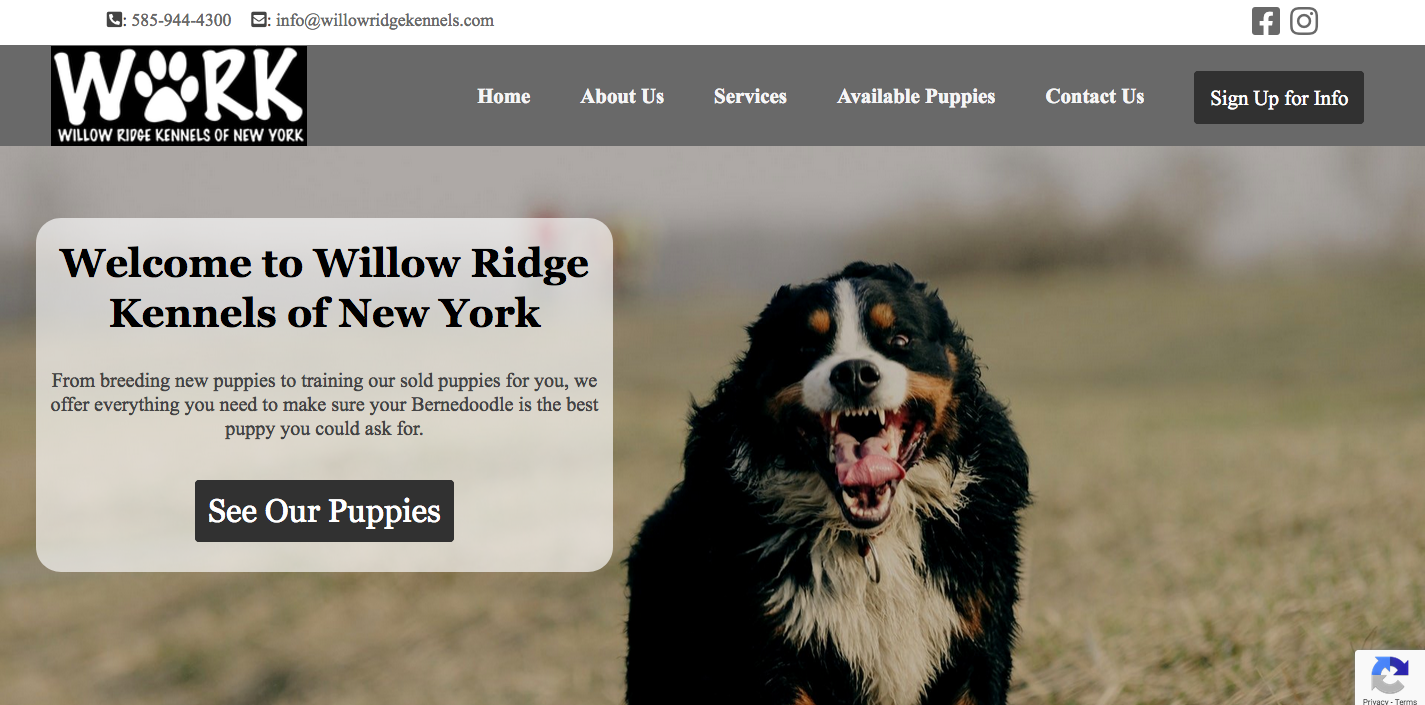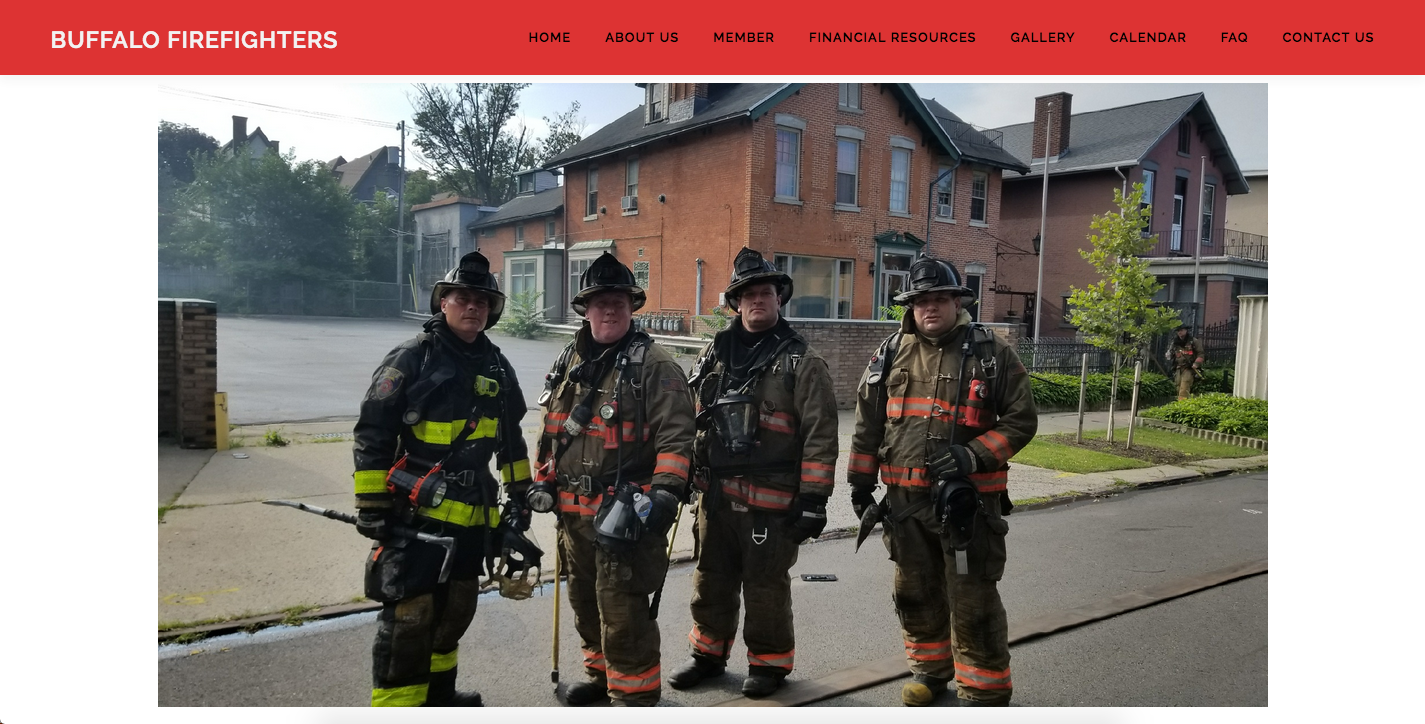About Me

I'm Stephen C. Sanders, and I am a Geographer who specializes in market and regional analysis. I have an M.A. in Geography from the University at Buffalo, an A.S. with Distinction in Geography and a Certificate with Distinction in Geospatial Information Science and Technology from Monroe Community College, and a B.S. in Philosophy with a minor in Anthropology from SUNY Brockport.
I have 3 years of experience using geographic information systems, specifically ArcGIS Pro and QGIS. I've used R and Python extensively in my work, and have interests in regional analysis, market research, spatial demography, socioeconomic vulnerability, and crime.
In the past, I worked as a web developer for four years, mainly using WordPress, HTML5/CSS3 (SCSS, Bootstrap), and Git. I also acted as a website administrator for multiple client websites.











